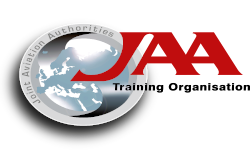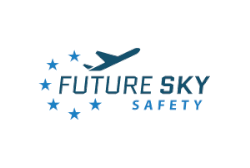About
Context & Ambitions
As weather hazards are becoming more serious and frequent and other hazards are emerging through the gradual introduction of new technologies such as drones or new fuel and energy aircraft systems, there is a need to reassess current aircraft operating practices and infrastructures to ensure that the appropriate level of resilience exists faced with these new threats to ensure that current safety levels can be continuously improved.
Above all, ALBATROS aims to improve the resilience of aircraft and airports whilst increasing the survivability of passengers, crew and aviation-related workforces such as ground handlers and emergency personnel.
Context & Ambitions
As weather hazards are becoming more serious and frequent and other hazards are emerging through the gradual introduction of new technologies such as drones or new fuel and energy aircraft systems, there is a need to reassess current aircraft operating practices and infrastructures to ensure that the appropriate level of resilience exists faced with these new threats to ensure that current safety levels can be continuously improved. Above all, ALBATROS aims to improve the resilience of aircraft and airports whilst increasing the survivability of passengers, crew and aviation-related workforces such as ground handlers and emergency personnel.
Context & Ambitions
As weather hazards are becoming more serious and frequent and other hazards are emerging through the gradual introduction of new technologies such as drones or new fuel and energy aircraft systems, there is a need to reassess current aircraft operating practices and infrastructures to ensure that the appropriate level of resilience exists faced with these new threats to ensure that current safety levels can be continuously improved. Above all, ALBATROS aims to improve the resilience of aircraft and airports whilst increasing the survivability of passengers, crew and aviation-related workforces such as ground handlers and emergency personnel.
Validating Project Outcomes in real-world environments

Advisory Board
An international group of stakeholders representing renowned aviation organizations advises the Albatros project. The Advisory Board Members support the project activities providing domain specific feedback. The opinions collected are not intended to represent the views of the organization, but to reflect those of the individual.
Advisory Board
An international group of stakeholders representing renowned aviation organizations advises the Albatros project. The Advisory Board Members support the project activities providing domain specific feedback. The opinions collected are not intended to represent the views of the organization, but to reflect those of the individual.
Latest news
ALBATROS 2nd Yearly Meeting: Advancing Aviation Safety in a changing world
On October 29th and 30th, 2024, the ALBATROS consortium gathered for its 2nd Yearly Meeting
ENSOSP at Hyvolution Paris 2024
Over an insightful span of three days, Paris played host to the dynamic congregation of
ALBATROS Evolution: Insights from the workshop and Yearly update
Last week a three-day meeting was held at Rotterdam The Hague Airport, aimed at kicking
Latest news
ALBATROS 2nd Yearly Meeting: Advancing Aviation Safety in a changing world
On October 29th and 30th, 2024, the ALBATROS consortium gathered for its 2nd Yearly Meeting
ENSOSP at Hyvolution Paris 2024
Over an insightful span of three days, Paris played host to the dynamic congregation of
ALBATROS Evolution: Insights from the workshop and Yearly update
Last week a three-day meeting was held at Rotterdam The Hague Airport, aimed at kicking










































